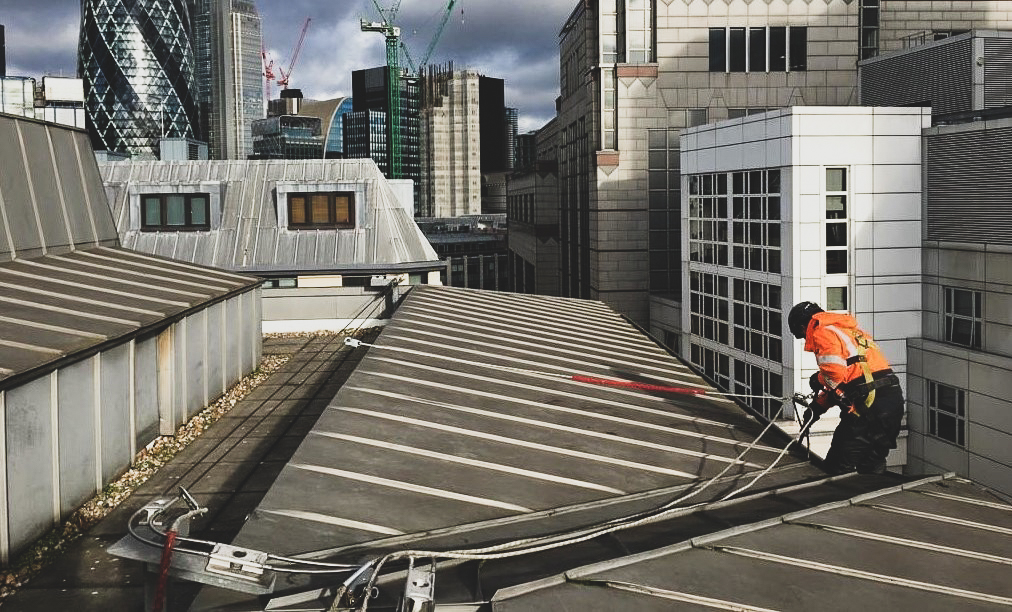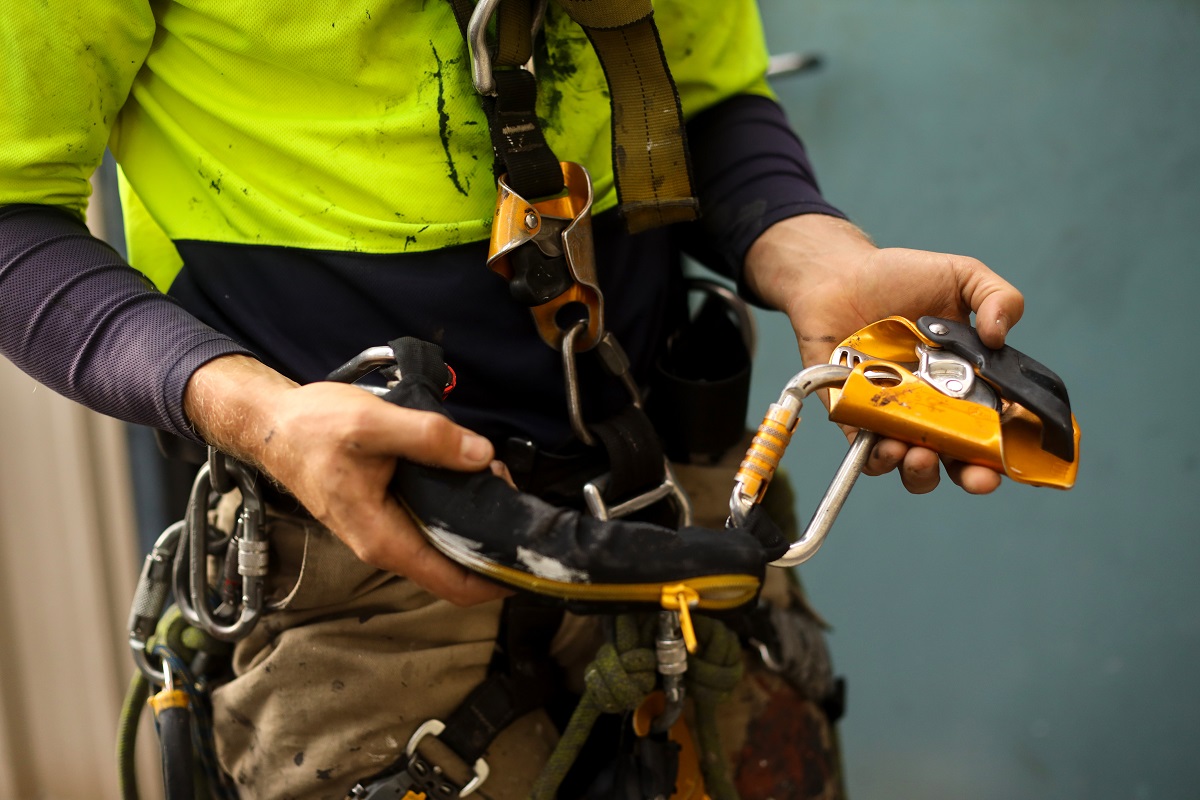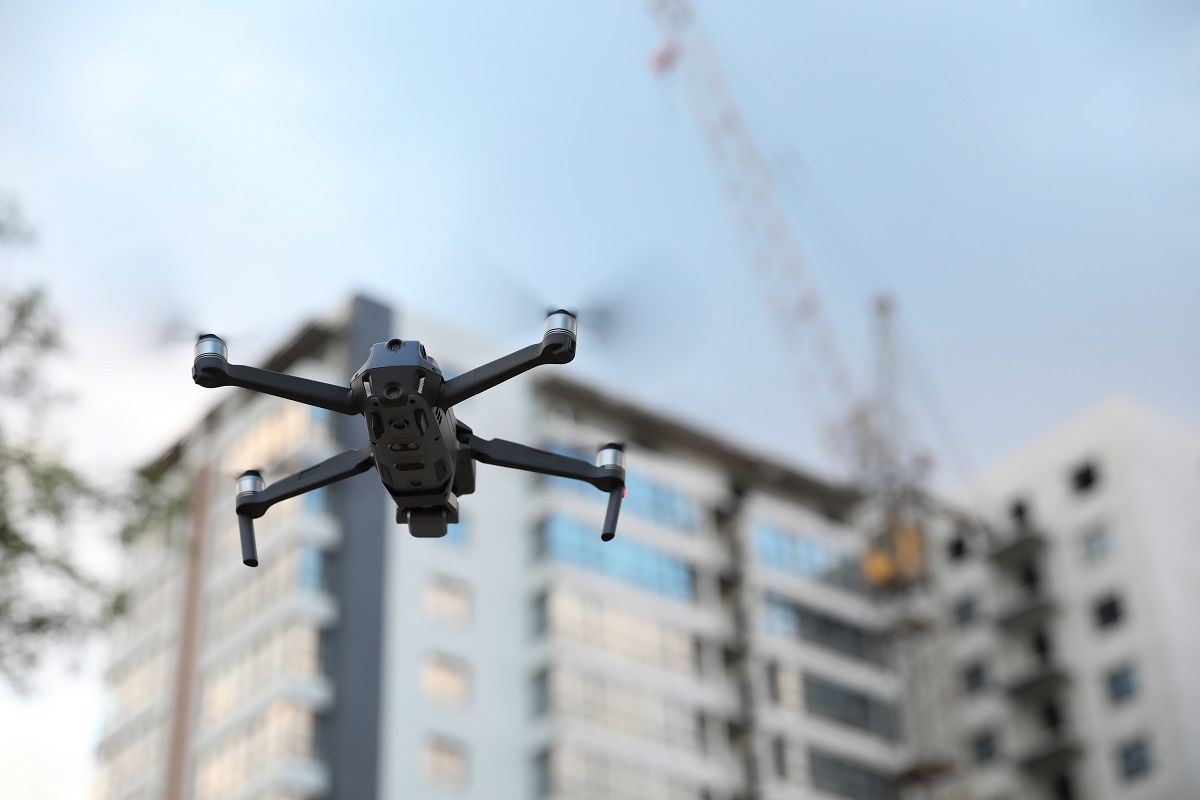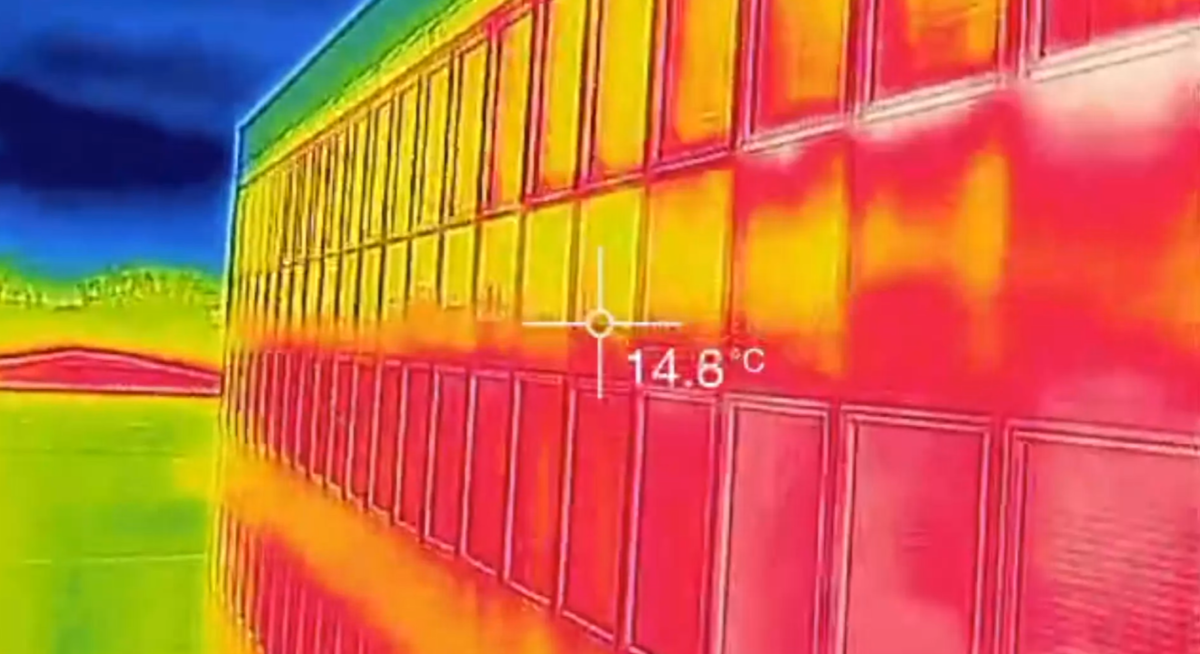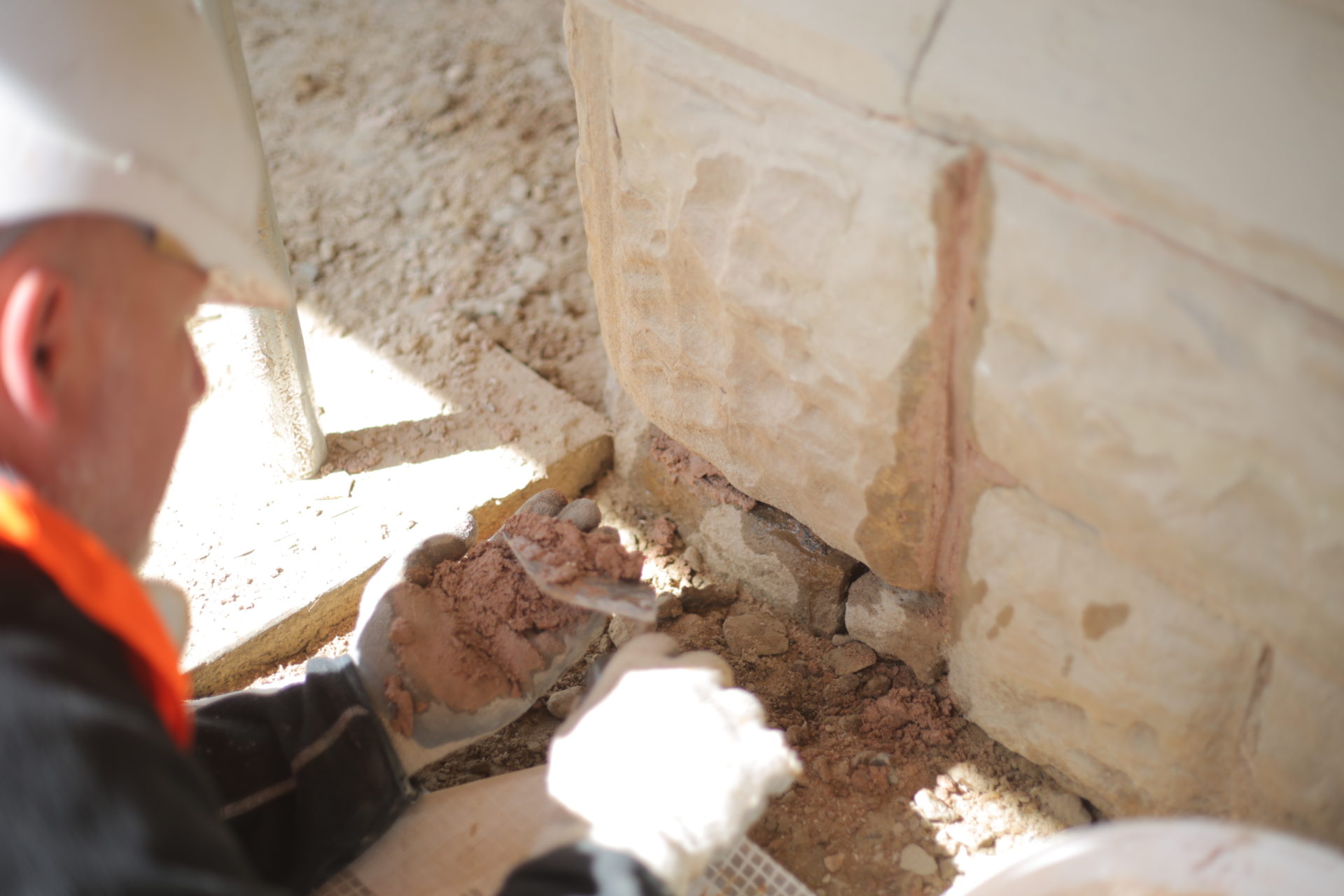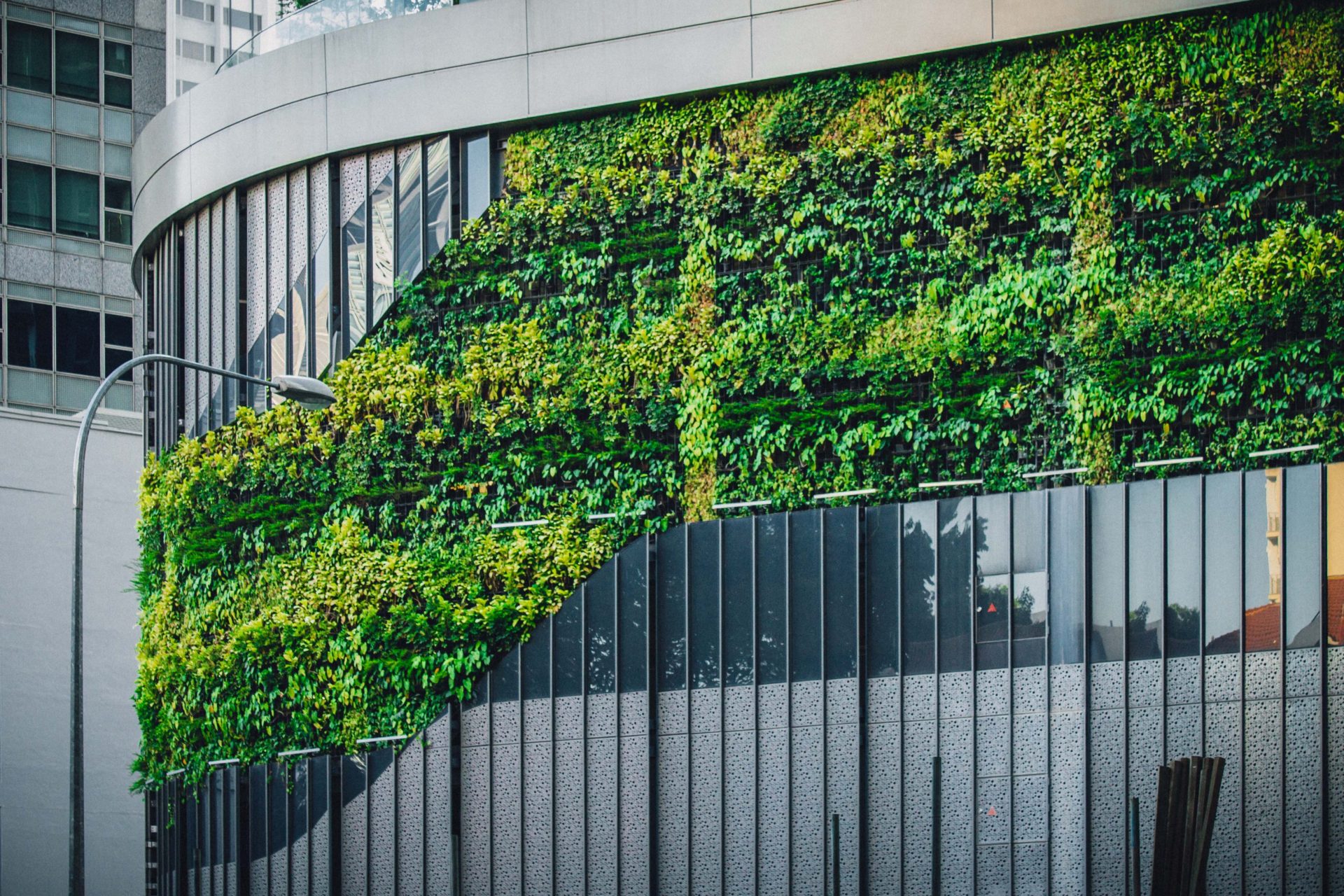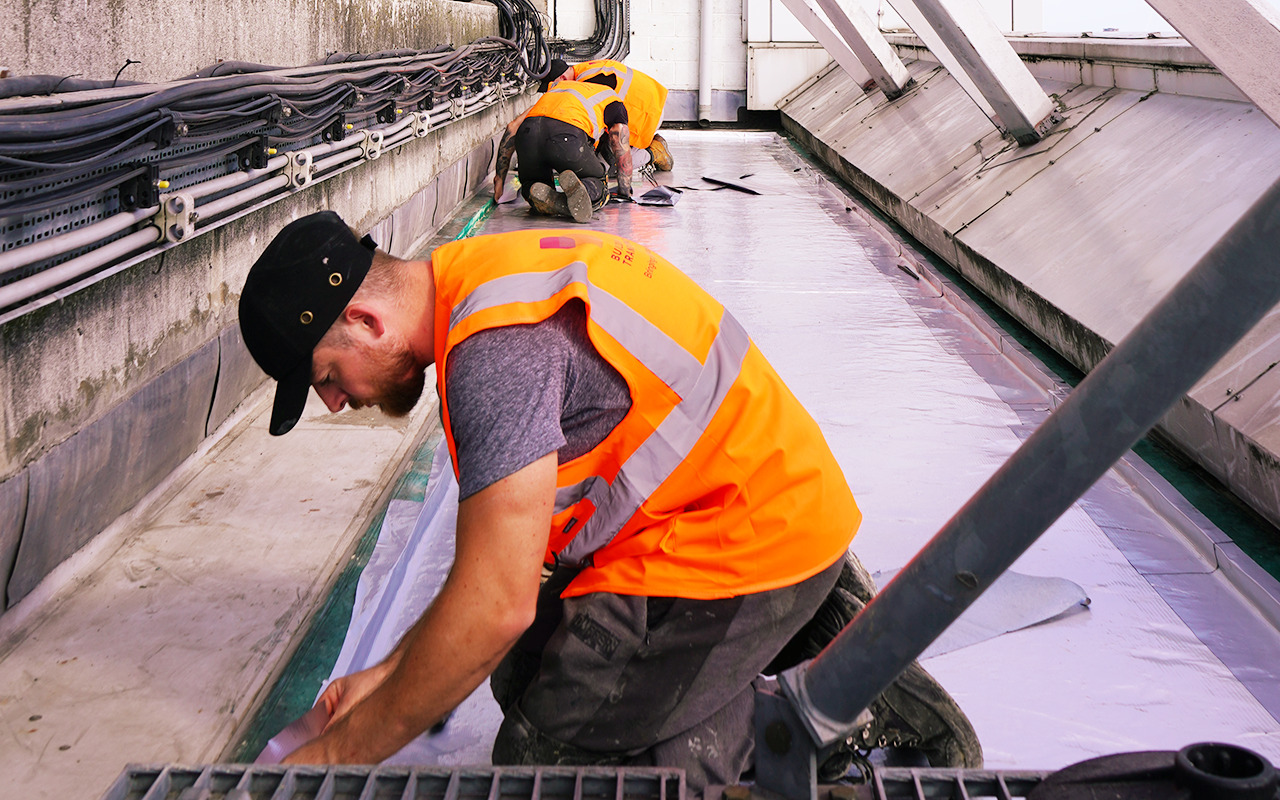A robust gutter and drainage system is vital for any commercial building, especially those located in areas that experience heavy rainfalls. They protect buildings from stormwater and the extensive damage it can cause. An effective, well-maintained gutter system will help gather and redirect rainwater that falls onto the building’s roof and help reduce water and moisture damage that would otherwise affect the building’s foundations and internal fabric.
With the UK climate getting wetter, warehouse gutter and drainage systems must work much harder to protect commercial buildings. Combine this with debris such as leaves and organic material, and high winds, and it’s not surprising that gutters can become blocked, coatings can split, and the metal roof components can corrode, causing leaks. Without a reliable gutter system to direct rainwater away from the building, the water could affect the foundations of the building and cause considerable damage to its structure. Heavy rainfall can also impact the actual roof itself. Water can slip through the cracks and affect the roof space.
Reasons gutter drainage systems fail
If rainwater remains in drainpipes or gutters, it can impact the health of the commercial building and the people who work in it. Clogged gutters can cause water to back up and leak into the building, and as the water becomes stagnant, this can cause weeds, grasses and algae to grow in the gutter system. Along with unpleasant smells, the building could also be affected by:
Changes to a sloping roof
With most standard roof slopes, rainwater can flow off the roof and into the gutter below the slope edge. A slight change to the slope can cause water to run off in streams rather than equal drops and project off beyond the gutter.
Cast iron gutters
Cast iron gutters can often split at the joint where the curved front meets the back face. This can cause water to run into the wall behind the front face causing internal damage.
Plastic and aluminium gutters
Aluminium and plastic gutters usually sit away from the face of the wall. Water can therefore get behind the gutter, and if the fascia is flat to the wall, water can likely penetrate the wall.
Broken pipes and gutters
The additional weight of standing water in the pipes and gutters can cause them to crack, break or disconnect from the surface. This is not just expensive to repair but can also cause more damage to the building.
Gutter and drainage system cleaning and maintenance
Guttering and drainage cleaning and maintenance is essential in the overall upkeep of a commercial building and helps to improve its energy efficiency and general appearance. Damaged or clogged gutters can soon result in water build-up and plant growth, leading to faster deterioration and leaks. Branches, leaves and even birds’ nests can also clog gutters and drainage systems, so they must be cleaned out regularly.
Other essential maintenance checks include:
Signs of leakage at all joints
Metal guttering often shows rust at the joints and patterned staining on the brickwork, surface of the fascia board, and other materials near the joints, indicating leaks. If there hasn’t been any rain recently, use the opportunity to check for signs of leakage on the joints.
Alignment of the gutters
Any unusual angles or bends in the guttering is likely to cause the gutter to become blocked. If it has a right-angled bend near the downpipe, the water flow will drop by 20%. The gutter should, however, extend past the end of the roof. There also needs to be plenty of space around the downpipe to paint all sides of it.
Quality of asbestos cement
Asbestos cement around guttering can fracture, especially during roof or gutter maintenance. Moss growth is also a sign of deterioration to the underside or face of the gutter.
Materials that can react with aluminium
If a building has aluminium guttering, there shouldn’t be any materials on the roof, especially copper, that can react with the aluminium and cause it to deteriorate.
Back of the gutter
It’s not common for the backs of metal guttering to be painted, leading to corrosion. Checking the surface behind the pipe and any staining under the joints should indicate the condition of the guttering.
Corrosion on the brackets
Metal gutters are usually reinforced by brackets that should be checked for corrosion and correct spacing.
Gutter fall or drop
The fall needs checking to ensure it’s correct and rainwater cannot project beyond the water outlet. This is the measurement that the gutter drops, allowing water to drain towards the downpipes. It’s also essential to ensure the gutters run downwards in the direction of the outlet to avoid damage occurring during icy conditions.
Bends in plastic guttering
Temperature changes can cause plastic guttering to creak and bend between the brackets, impacting flow and drainage.
Correct sized gutters
Check the size of gutters is correct for the surface area of the roof slope and that the open trough gutter between roof pitches is big enough.
The direction of water flow
The water flow through a rainwater downpipe system affects the pipe’s performance and whether there will likely be blockages. If there are several changes in the direction of the water flow, there’s a greater chance the pipe will become blocked. Every change in direction will require clearing for optimal performance.
Cleanliness of guttering
All drainpipes and guttering should be free-flowing and clear of any debris. If there’s water consistently lying in the gutters, it’s likely there’s a blocked fall.
Keeping your gutter system in good working order helps prevent future problems that could require expensive repairs. To learn more about our roof and gutter maintenance services, get in touch with our expert team at Building Transformation.

